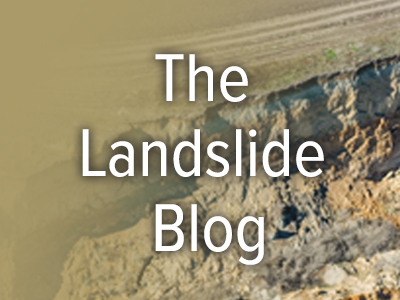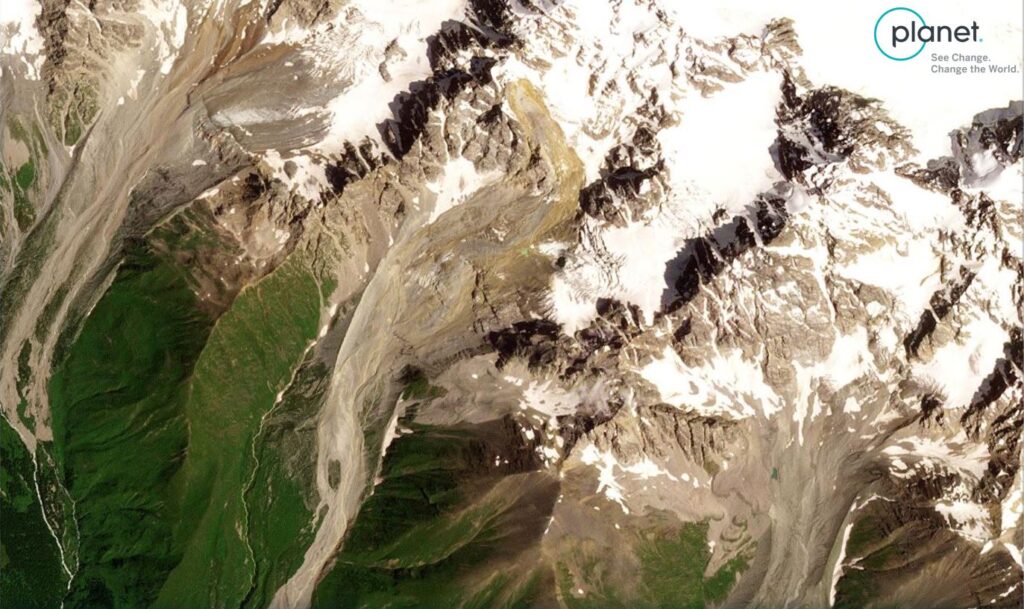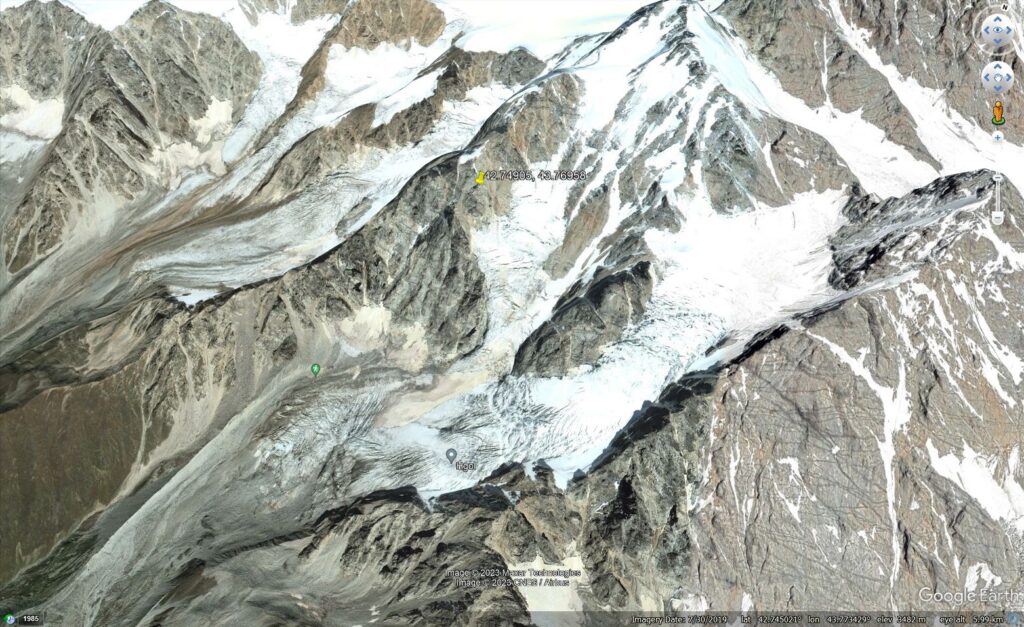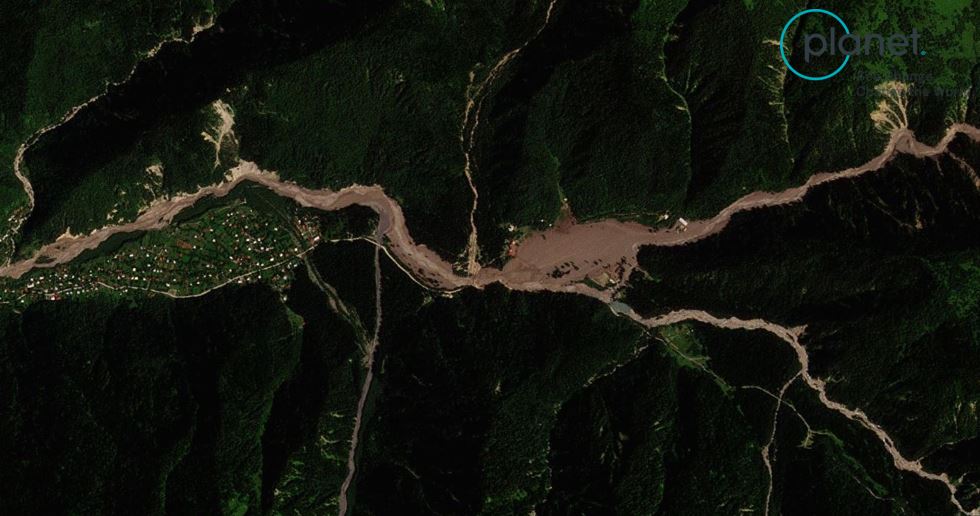Overview:
The 4 August 2023 catastrophic debris flow that destroyed Shovi in Georgia started as a rockslide high in the mountains above the town.
The Landslide Blog is written by Dave Petley, who is widely recognized as a world leader in the study and management of landslides.

On 4 August 2023, a large debris flow struck the mountain resort town of Shovi in Georgia. At the time of writing, news reports indicate that at least 18 people were killed, including several children. It appears that a further 16 people are missing, although there is inevitably some uncertainty around that number. The likelihood of further survivors is very low.
In the immediate aftermath of the disaster, Levan Tielidze tweeted some images that show the magnitude of the damage caused by the landslide:-
Once again, this was a catastrophic flow that has emerged from a high mountain area with little warning. The landslide sleuths have been on the case, trying to understand the causes. Dan Shugar identified the source using Planet images:-
It is worth reading the full thread, which provides more information about the dynamics of the flow. Meanwhile, Kirsten L. Cook has retrieved the seismic data for the event:-
A flow moving at 20 m per second is travelling at 72 kilometres per hour (45 miles per hour), so it is very hard to escape, and of course the impact forces are huge.
The location of the source of the landslide is [42.74905, 43.76958]. This is a Planet image collected on 6 August 2023:-

The landslide that destroyed Shovi appears to have started high in the mountains as a translational rockslide. Google Earth imagery of the site, collected in 2019, is helpful to get an idea of the terrain. The marker shows the source zone of the landslide:-

The landslide appears to have initiated as a translational rockslide. The area was still covered in a light dusting of snow. Further down the initial slope there was a steep glacier that was incorporated into the landslide, which then flowed down and entrained the glacier further down the slope. Thereafter, it entrained a large amount of glacial debris to generate the main flow.
As Dan Shugar noted, this was probably a rock avalanche in the steepest sections of the track, but it transitioned into a debris flow when the slope angle reduced, assisted by the large volume of water that was incorporated.
This event has some similarities to the 7 February 2021 Chamoli landslide in India. Once again it highlights the challenges that we are facing as high mountain areas become less stable because of rising temperatures. These events cannot be prevented, so further work is needed to identify sites at risk and to develop appropriate warning systems.
Reference
Planet Team (2023). Planet Application Program Interface: In Space for Life on Earth. San Francisco, CA. https://www.planet.com/

